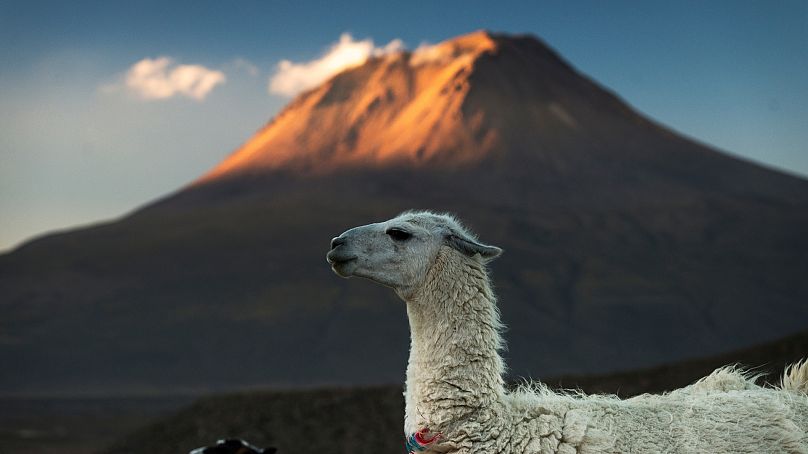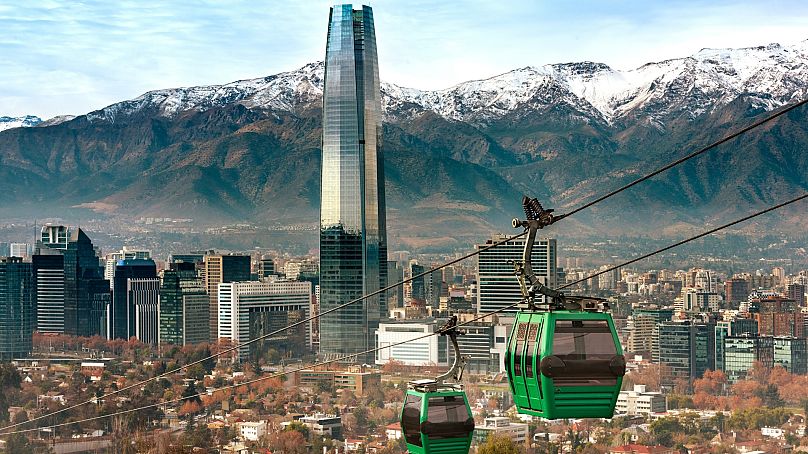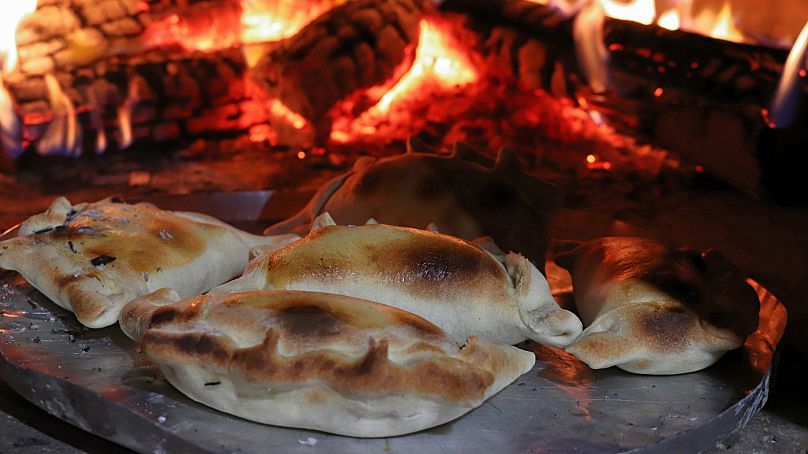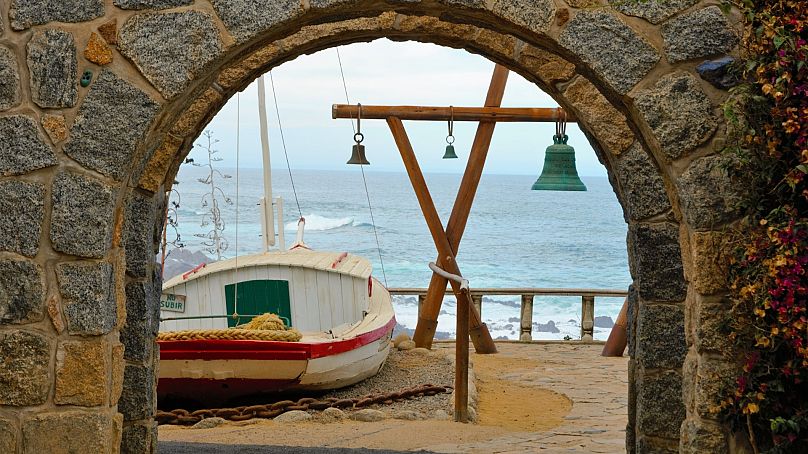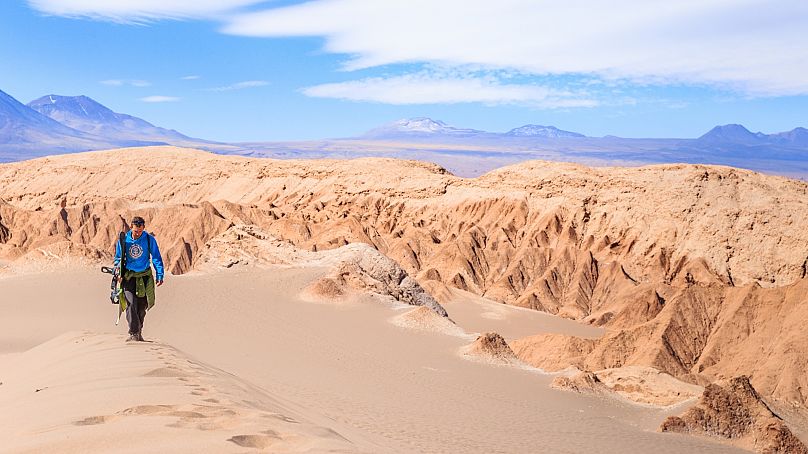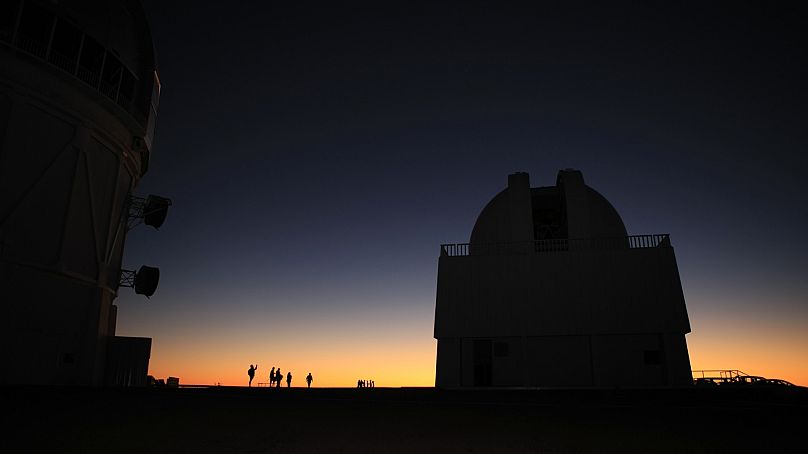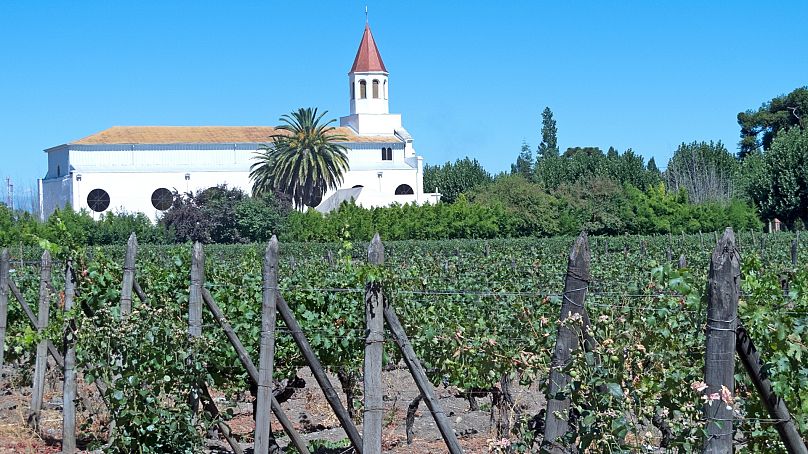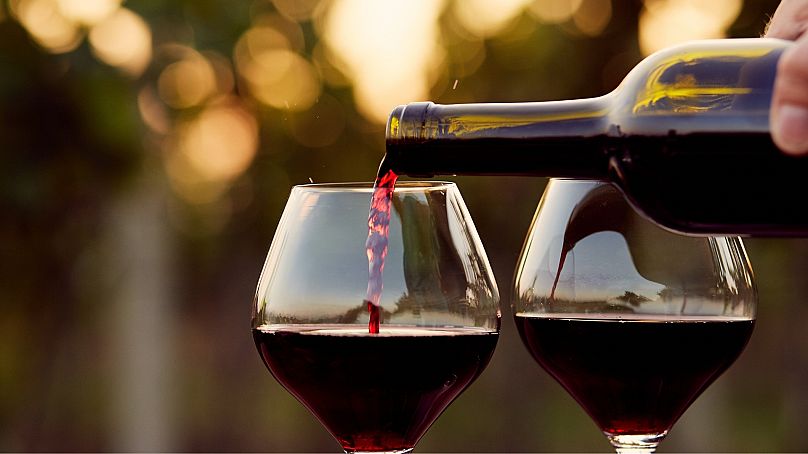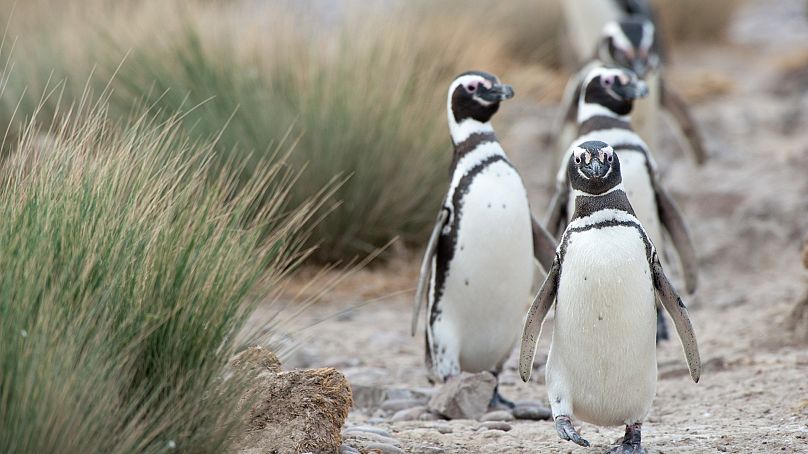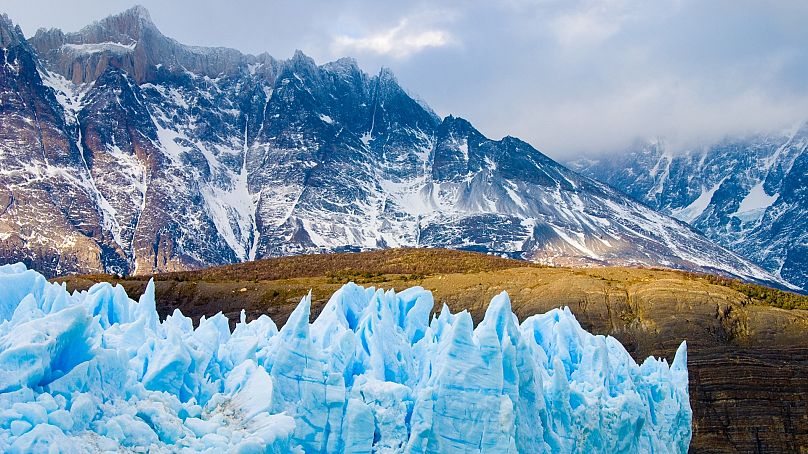From the dry north to the frozen south, Chile’s diverse ecosystems are waiting for you in Chile.
The southernmost country in the world, bounded by the Pacific on one side and the Andes on the other, Chile is home to many diverse habitats.
The two ends of the country have vastly different ecosystems. With the world’s driest desert, the Atacama, in the north.
If you make your way down south though, through wine valleys and volcanoes, you’ll find the ice fields and frozen fjords of Patagonia, just a short hop across the ocean from Antarctica.
With so many unique and beautiful ecosystems in one country, our guide starts in the north and works its way south. Chile is the longest country in the world after all - with lots to explore before you reach Patagonia.
When is the best time of year to visit Chile?
Depending on what you want to experience - whether that’s penguins and skiing or beaches and wine tasting - there’s no wrong time to visit Chile. Most visitors, though, tend to go between October and April, when most areas are at their warmest.
Those looking for the perfect conditions for skiing and climbing, should visit between June and August, the country’s colder months.
What are the travel restrictions for Chile?
Visitors to Chile must provide evidence of full vaccination upon arrival, and complete a PCR test at the airport. PCR tests on arrival are currently free.. If the test is negative, visitors are free to travel around the country.
Before travelling to Chile, passengers must validate their vaccination status and gain a mobility pass, which will allow them to travel in Chile. This can be done here.
Visitors must also fill out an ‘Affidavit for Travellers’ form online, up to 48 hours before departure. You can find the form here.
Medical insurance is also a must, with a minimum coverage of $30,000 (€25,949) which needs to cover any expenses caused by COVID-19.
What are the COVID-19 restrictions in Chile now?
Face masks are mandatory in urban and populated areas in Chile, including public parks and beaches. Masks must also be worn on public transport and in private taxis. Masks are also compulsory in restaurants and bars, while not eating or drinking.
Social distancing of 1 metre is also still in place in Chile, and regular hand washing and sanitation is also expected.
For further information you can visit the Chile Travel website here.
Is Santiago worth visiting?
40 per cent of Chile’s population call Santiago, the capital, their home, and it’s not hard to see why. Surrounded by snow capped mountains, the city has a lot of different experiences to offer.
Parque Metropolitano - known to most as Cerro San Cristóbel - is Santiago’s largest green space, and offers some of the best views of the city. Different parts of the park are accessible via cable car and funicular, and there’s a zoo too.
Where are the best places to eat in Santiago?
Food lovers should head to Mercado Central, the city’s biggest food market. Packed full of stalls, local seafood and fish restaurants, the market is a must for culinary tourists. Also essential, is sampling an empanada or two. Santiago’s most famous empanada shop is Emporio Zunino, which has been serving up these classic pastries since the 1930s.
Where can I learn about Pablo Neruda?
Chile is a land of poets too, and none are more famous than Pablo Neruda. You can visit the three homes of this beloved poet here, including La Chascona, which houses a museum dedicated to the poet. The other houses La Sebastiana and Isla Negra - also a famous Chilean wine - can be visited too, and offer a unique glimpse into the poet’s life.
After all that culture, head up to the viewpoint in the Sky Costanera building for spectacular views across the city and into the mountains. The highest observatory in Latin America, the viewing point is 300 metres up, so not for the faint hearted or vertically challenged.
What is there to do in the Atacama desert?
At nearly 700 miles long, the Atacama desert is otherworldly. Made up of salt flats, volcanoes and strange rock formations, it’s the closest most humans will ever get to walking on the surface of the moon.
Most tourists start their desert adventures in San Pedro de Atacama, a small town in the northeastern mountains. From here, you can either join a guided desert tour, or hire a car and go it alone. Unlike most deserts, the average daily temperature in Atacama is 18 degrees Celsius, so it’s safe to explore.
These mild temperatures make Atacama popular with sandboarders. Valle de la Meurte - Chile’s own death valley - is around 3.5 km from San Pedro and is a mix of rugged rocks and sand dunes which can reach 120 metres high. There are lots of local sandboard tours, with some even taking place at midnight.
If surfing the dunes isn’t your thing, the Atacama is one of the best places in the world to stargaze due to its dry atmosphere and minimal light pollution. There are lots of tours available and even telescopes to rent, whether you’re a complete novice or an expert astronomer.
Other great places to visit in the Atacama include the Mars Valley - named after its red rock formations - and the saline lagoons that sit between the mountains and volcanoes. A vivid azure blue, the salt flat lagoons are surrounded by snow-capped mountains and home to the Atacama desert’s most glamorous inhabitants, flamingoes.
Where is Chilean wine produced?
Covering over 400 kilometres, Chile’s central wine region produces 80 per cent of the country’s wine. The best known is Maipo Valley, just a 40 minute drive south of Santiago.
Maipo Valley wine tours
Nicknamed the ‘Bordeaux of South America’, the valley produces some of the finest wines in Chile, including rich and fruity Cabernet Sauvignons.
The landscape in Chile’s wine region is diverse - packed with mountains and rolling hills - so lots of varieties of grape can be grown here. This is good news for tourists, as there are plenty of places to sample a tipple or two. Being so close to Santiago makes this region very popular and there are lots of wine tours available.
Casablanca Valley wine tours
Another popular region is the Casablanca Valley. It’s 100 kilometres from Santiago and is the best place to visit if white wine is your thing. Famous for its Chardonnay and Sauvignon Blancs, the valley stretches for 20 miles.
Although quite a new wine growing region - it was established in the 1980s, there are plenty of wineries for visitors to explore. Casas del Bosque - which runs a tour exclusively for women - and Matetic Vineyards, Chile’s first 100 per cent organic and biodynamic winery.
Where is the best place to hike in Southern Chile?
Chile has a whopping 2,000 volcanoes, with around 500 of these still active today.
If you want a holiday full of outdoor activities, then visit Villarrica National Park. Home to South America’s most active volcano, the park is enormous, covering 63,000 hectares of south Chile.
Located 2,847 m above sea level, you can climb to the peak of the volcano - but beware, this isn’t a hike for beginners, you’ll need equipment, a guide and permit too.
Ski resorts in South Chile
If going up a volcano isn’t for you, then why not ski down? The Pucon Ski Resort is located on the side of Villarrica volcano, and overlooks the lake below, giving you stunning views as you descend.
Where can I see penguins in Chile?
Southern Chile is also a great region for birdwatchers, with thousands of migratory birds to see. Keen ornithologists should head to Chiloe Island, the biggest island in the archipelago off of the southern coast. Between December and February, you can see Humbolt and Magellanic penguins on the island, and also spot whales off its coast.
What’s the best place to see glaciers in Patagonia?
Finally, at the southern tip of Chile, you reach the frozen lands of Patagonia. Shared with neighbouring Argentina, and divided by the Andes, Patagonia is very close to Antarctica.
Los Glaciares National Park is the best place to see and explore glaciers, with over 356 of them in the region. The park is also home to Mount Fitz Roy and Cerro Terre, two imposing mountains of rugged granite. Both can be climbed as part of a guided tour.
Parque Nacional Patagonia is the best park for wildlife spotting, with rare huemul deer, flamingos and pumas within its boundaries. There’s also forests, lagoons and the Patagonia steppe - another of Chile’s deserts - to explore too.












